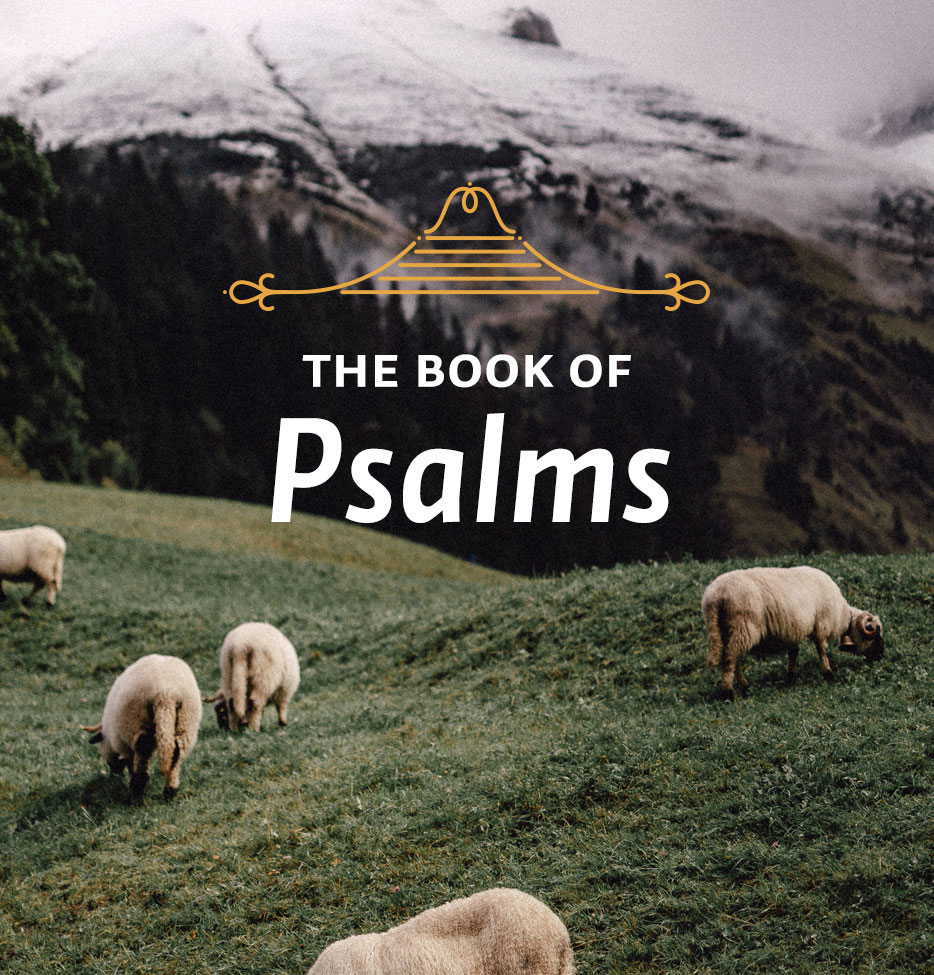Theme: Overlapping Movements
From this week’s lessons we see that Psalm 66 tells us to praise the Lord and gives us an example of one who is doing just that.
Scripture: Psalm 66:1-20
There is a link between the last verse of Psalm 65 and the first two verses of Psalm 66, which is probably why Psalm 66 is placed where it is in the Psalter. The last verse of Psalm 65 was about the meadows and valleys of the land, and it is said of them that “they shout for joy and sing.” The first verses of Psalm 66 call for this same response from the entire earth, that is, from human beings: “Shout with joy to God, all the earth! Sing to the glory of his name.”
But there is a difference. It is said of the world of nature that it does praise God. It does not need to be urged to do so. Unfortunately, praise from human beings is usually lacking, with the result that you and I need to be told to praise God, and it provides us with the example of one who is doing just that.
There are several overlapping movements in this psalm, and it is useful to note them before looking at it in greater detail. The first movement is from the praise of God on a large scale (“Shout with joy to God, all the earth,” v. 1), to the praise of God by the specific nation of Israel (“Praise our God, O peoples,” v. 8), to the praise of God by a single individual (“I will come to your temple with burnt offerings and fulfill my vows to you,” v. 13). Verses 1-7 complete the first section, verses 8-12 are the second, and verses 13-20 are the third. Derek Kidner notes this and therefore titles the entire psalm: “God of All—of Many—of One.”
There is a sense in which the psalm begins big or broadly and ends narrowly. What happens can be illustrated by one of the more interesting symphonies of Franz Joseph Haydn: Symphony No. 45 in F sharp minor, known as the “Farewell Symphony.” The reason this piece is called the “Farewell Symphony” is that it begins with the entire orchestra on the platform, but then, as the piece develops, the various sections of the orchestra and its members get up one by one and leave the platform until at the very end all that are left are two violinists. When the piece was first performed in Vienna in 1772, as each instrumentalist finished his part he blew out a lantern that was at his place to illuminate the music. So, as the musicians left, the lights went out too.
In Psalm 66 the number of participants likewise narrows down—from the whole earth, to the Jewish nation, to the psalmist. But unlike the symphony that just fades away, the psalm grows in intensity and power as the passion and sincerity of the psalmist breaks through. In this respect it is a very remarkable composition.
The other, overlapping movement is another alternating pattern between praise either given or called for and an invitation to others to “come and see what God has done.” First, praise is offered to God from the whole earth (vv. 1-4). Second, an invitation is given to everyone to come see what God has done (vv. 5-7). Third, praise is offered to God by God’s elect people (vv. 8-12). Fourth, the psalmist himself comes to offer sacrifices and praise to God (vv. 13-15). Finally, the whole earth is again invited, this time to hear what God has done for the psalmist (vv. 16-20). Thus the last stanza brings us back to the theme of the first and the psalm is thereby rounded out or made complete. The more carefully they are studied, the more significant the structures of these psalms are found to be.
Study Questions:
How is Psalm 66 linked to Psalm 65?
Why do we need to be told to praise God?
What are the overlapping movements in this psalm?
How do the participants in Psalm 66 narrow down as the psalm progresses?
How is the psalm rounded out?
For Further Study: The book of Psalms is a great teacher of why and how to praise the Lord. Pick up your copy of James Boice’s three-volume set for 25% off the regular price.






